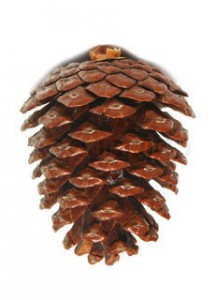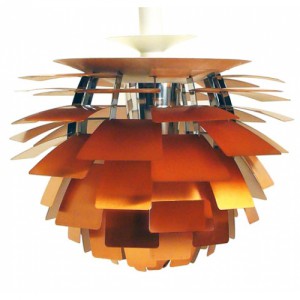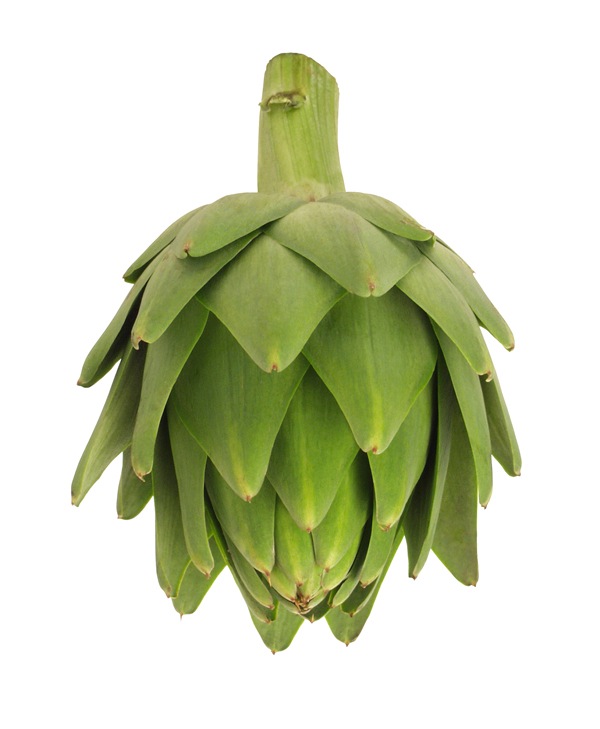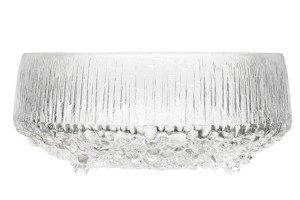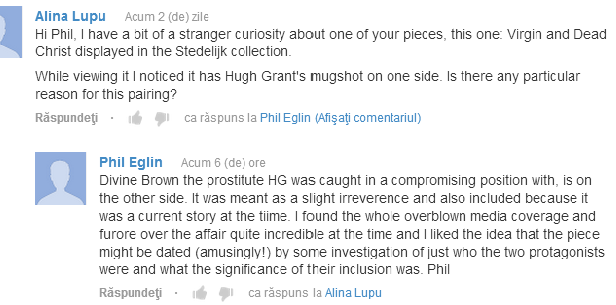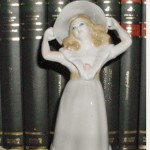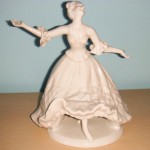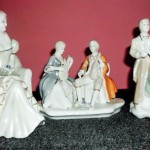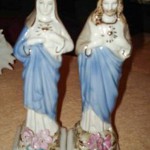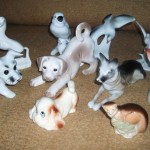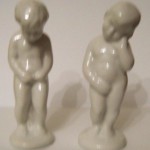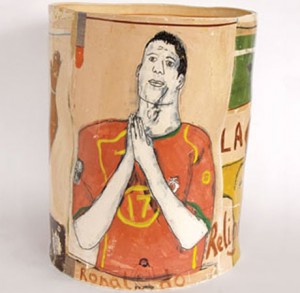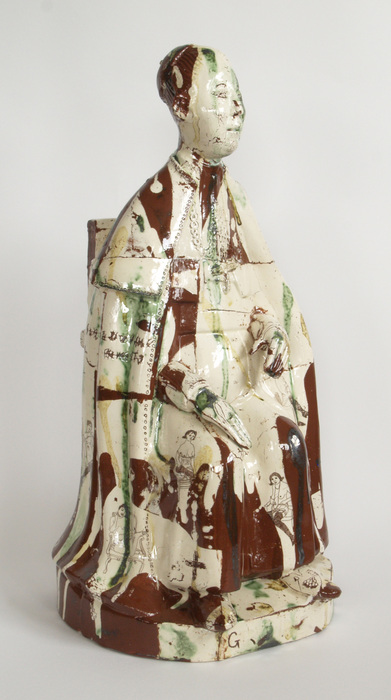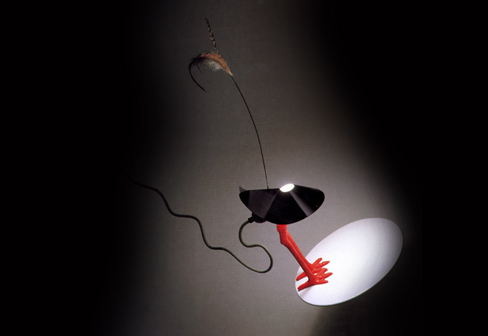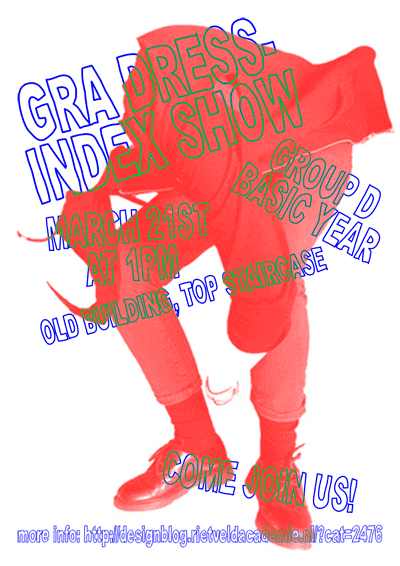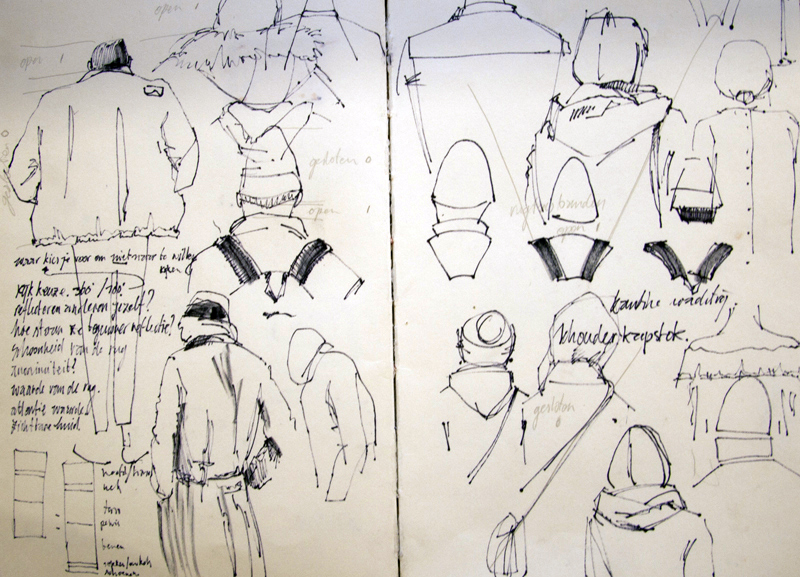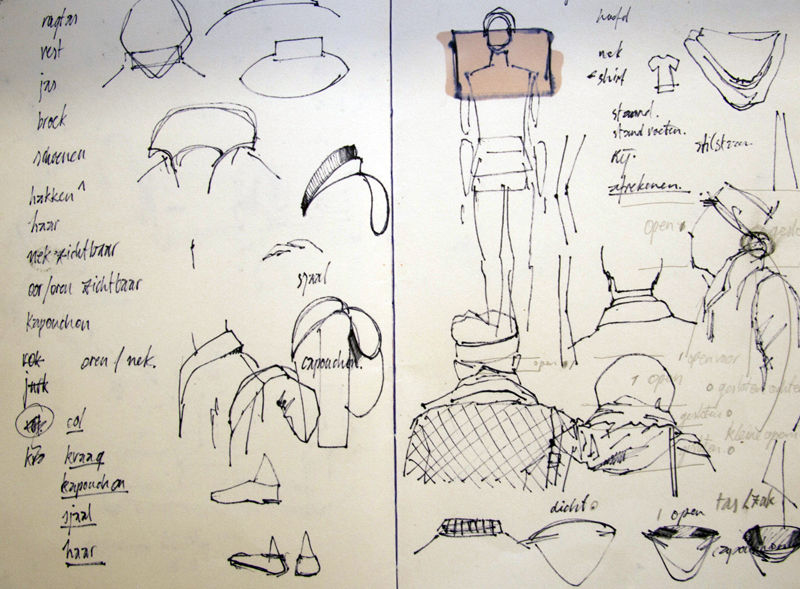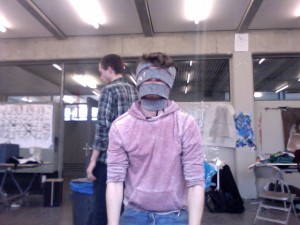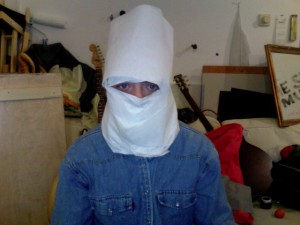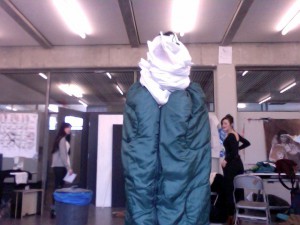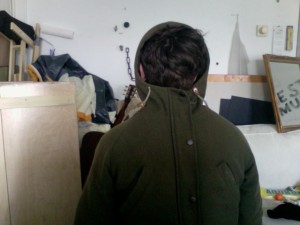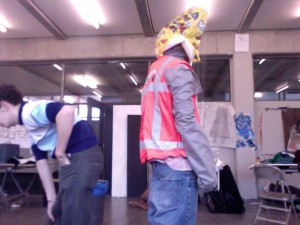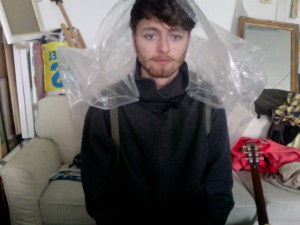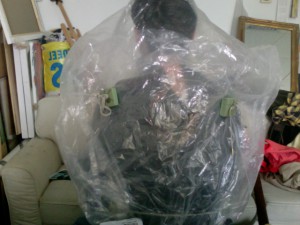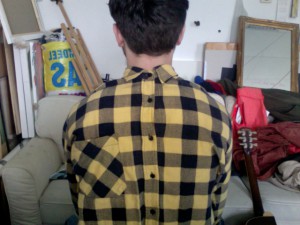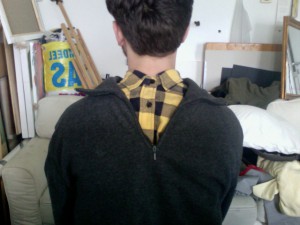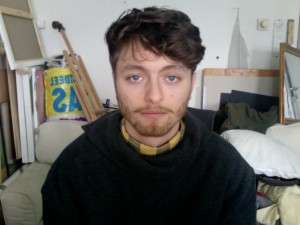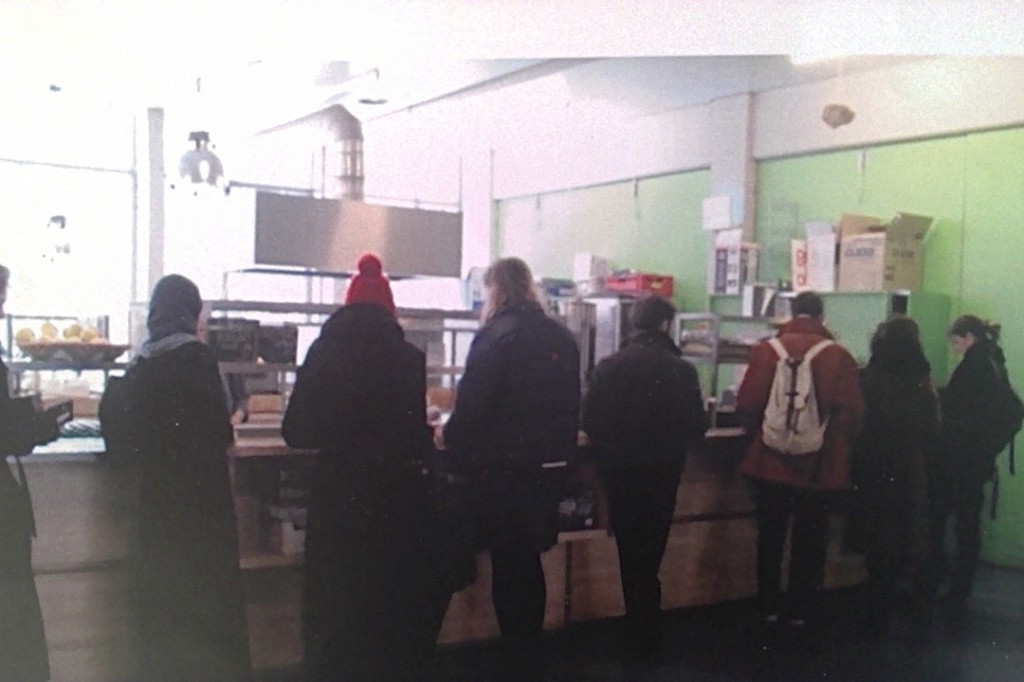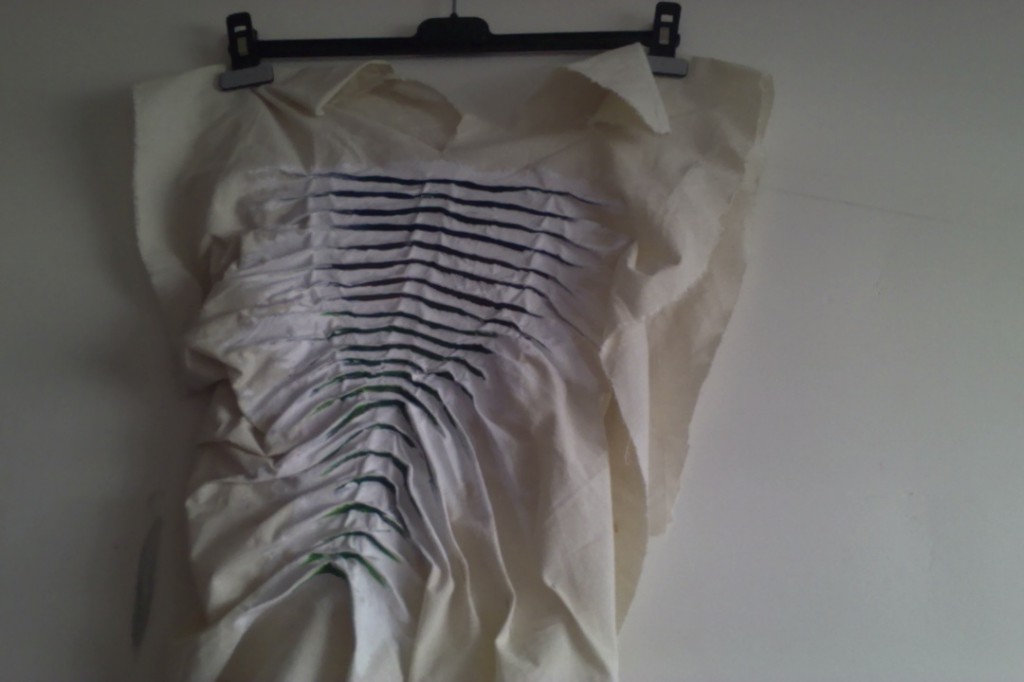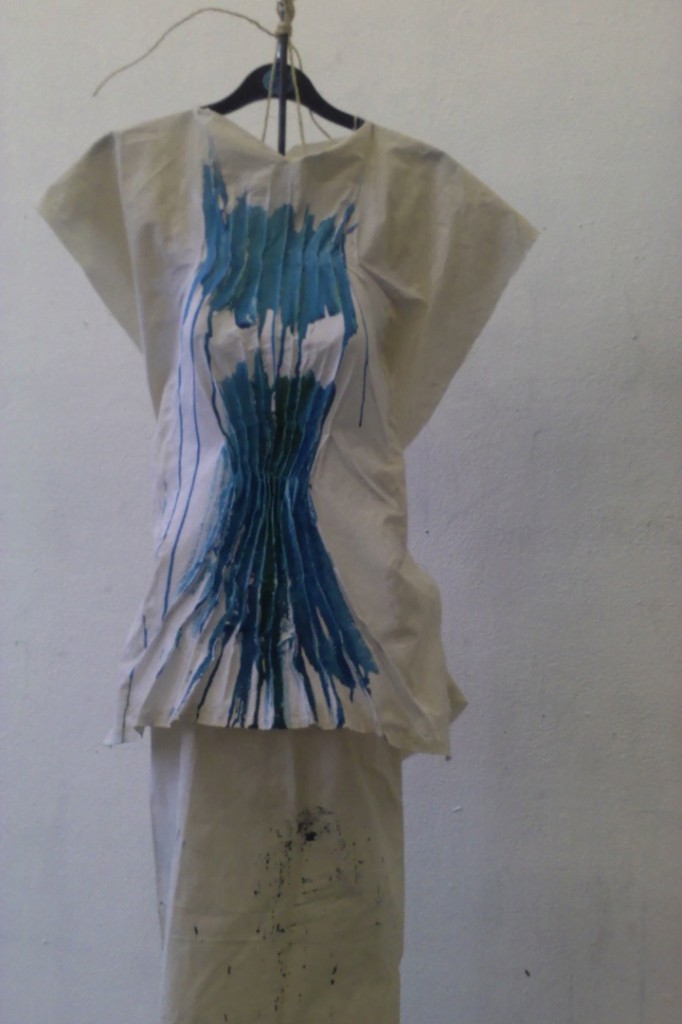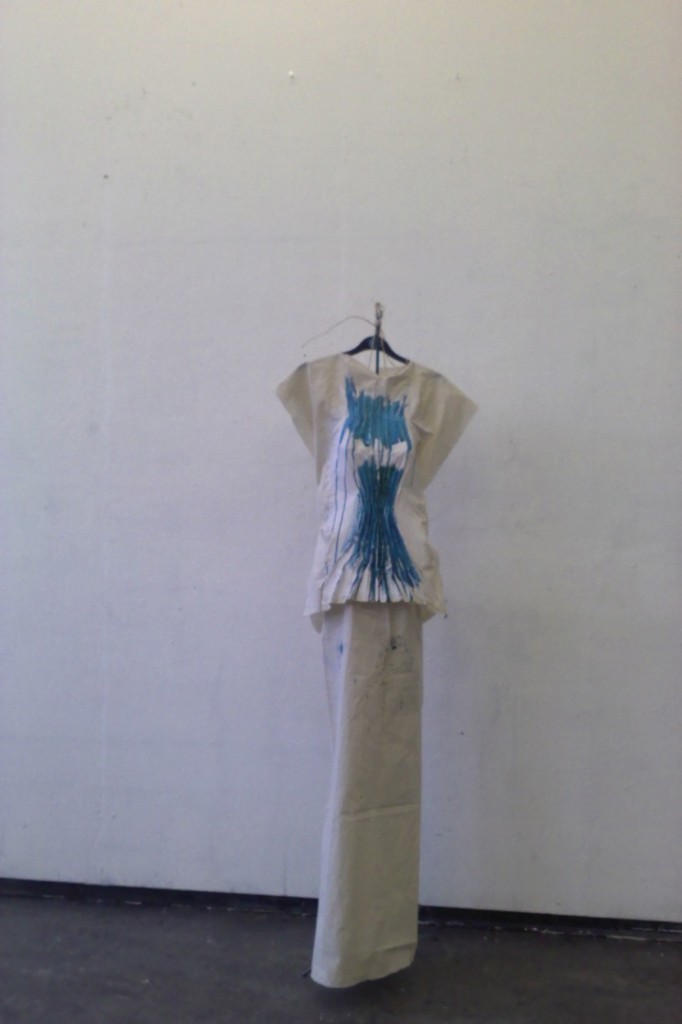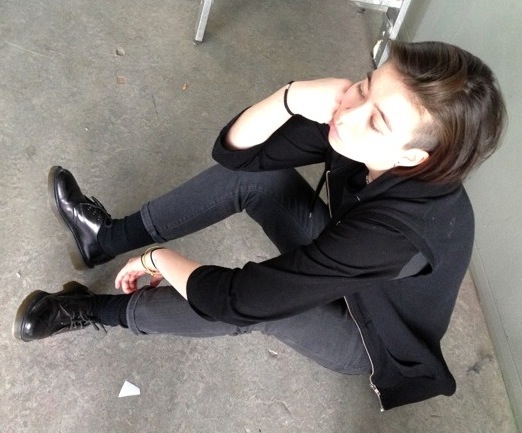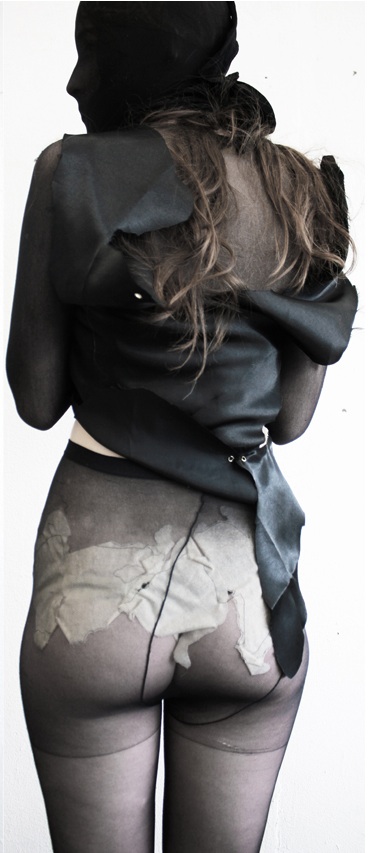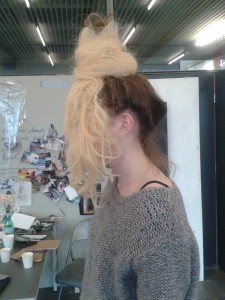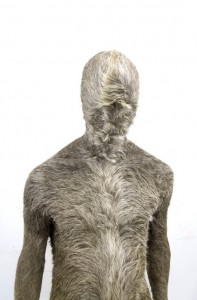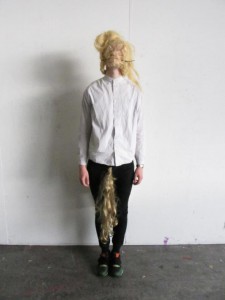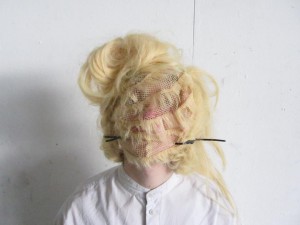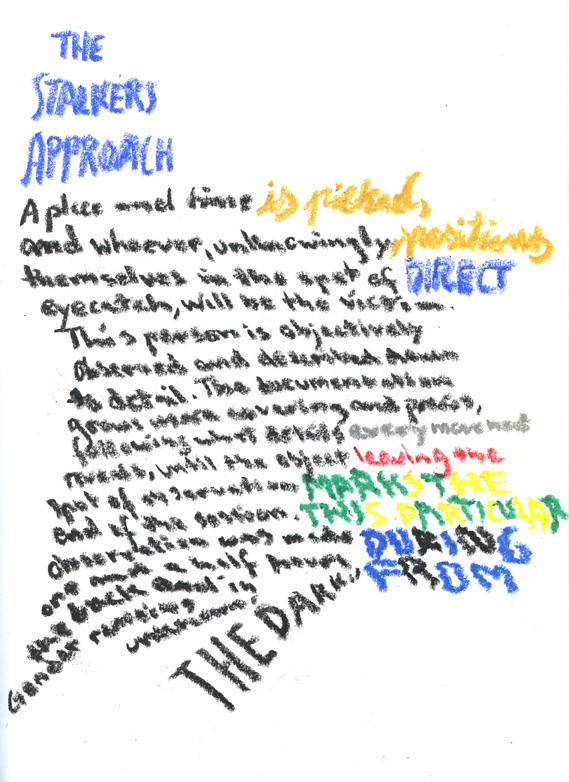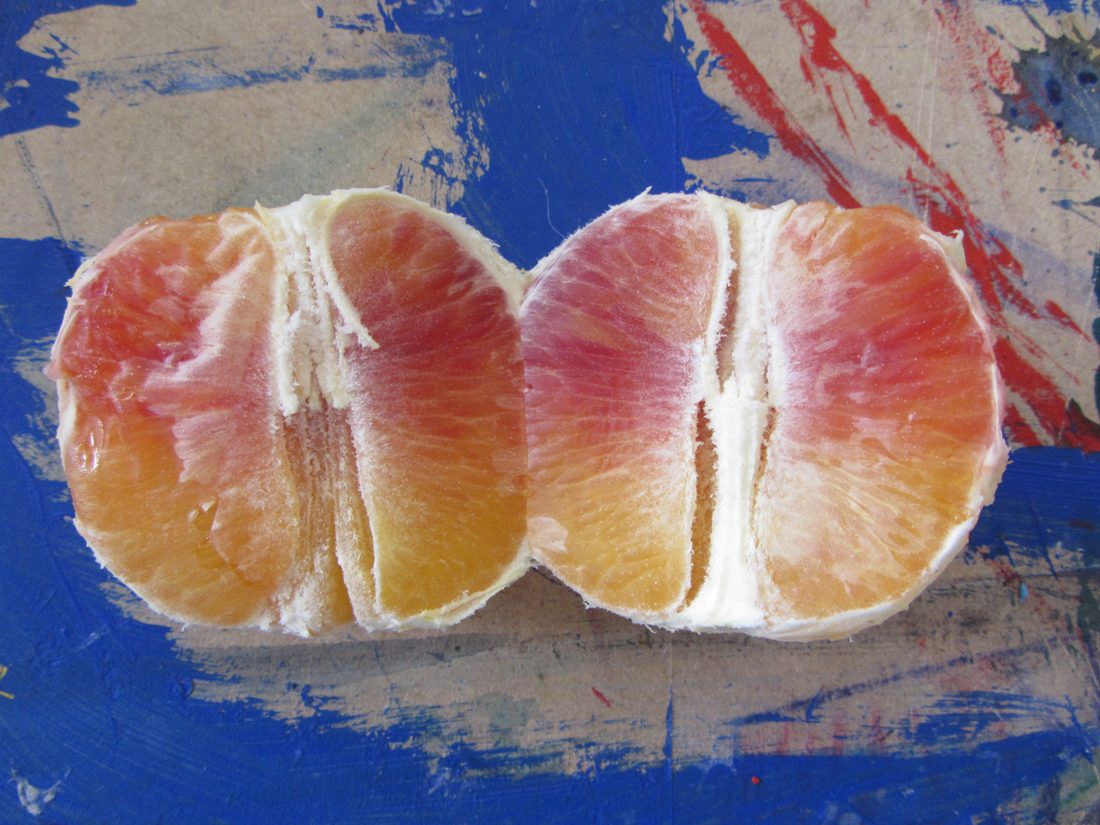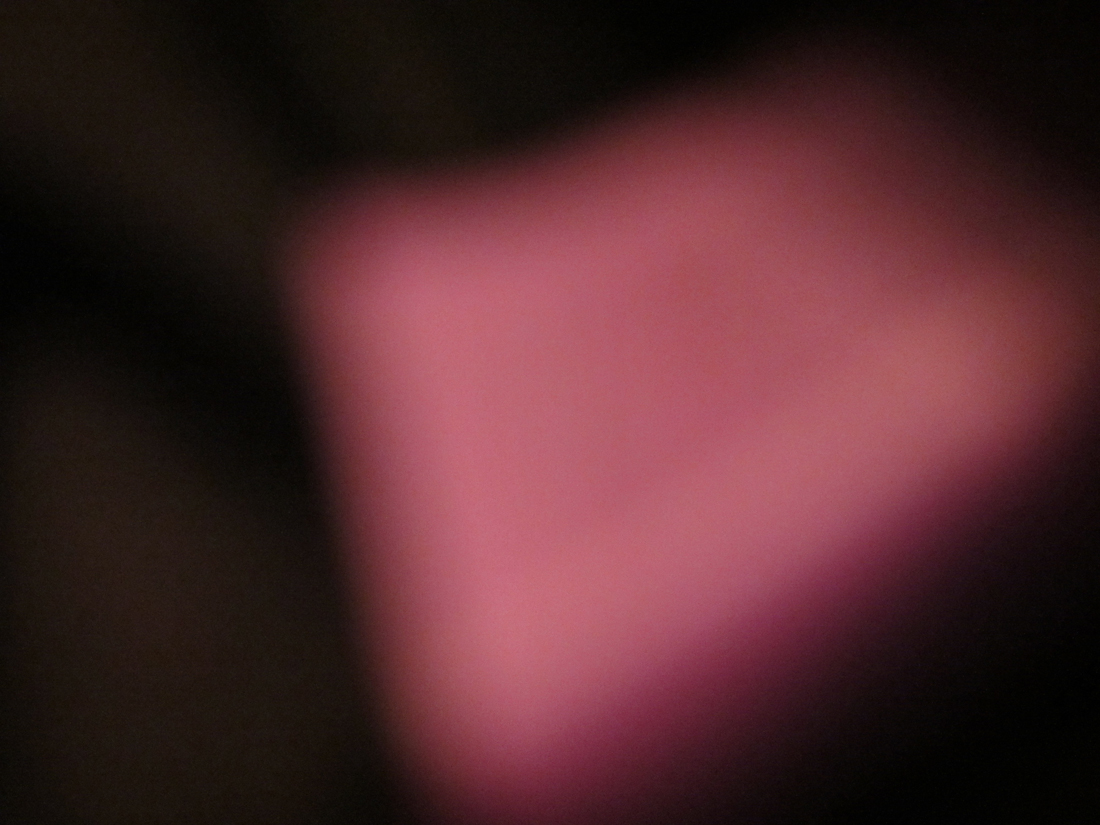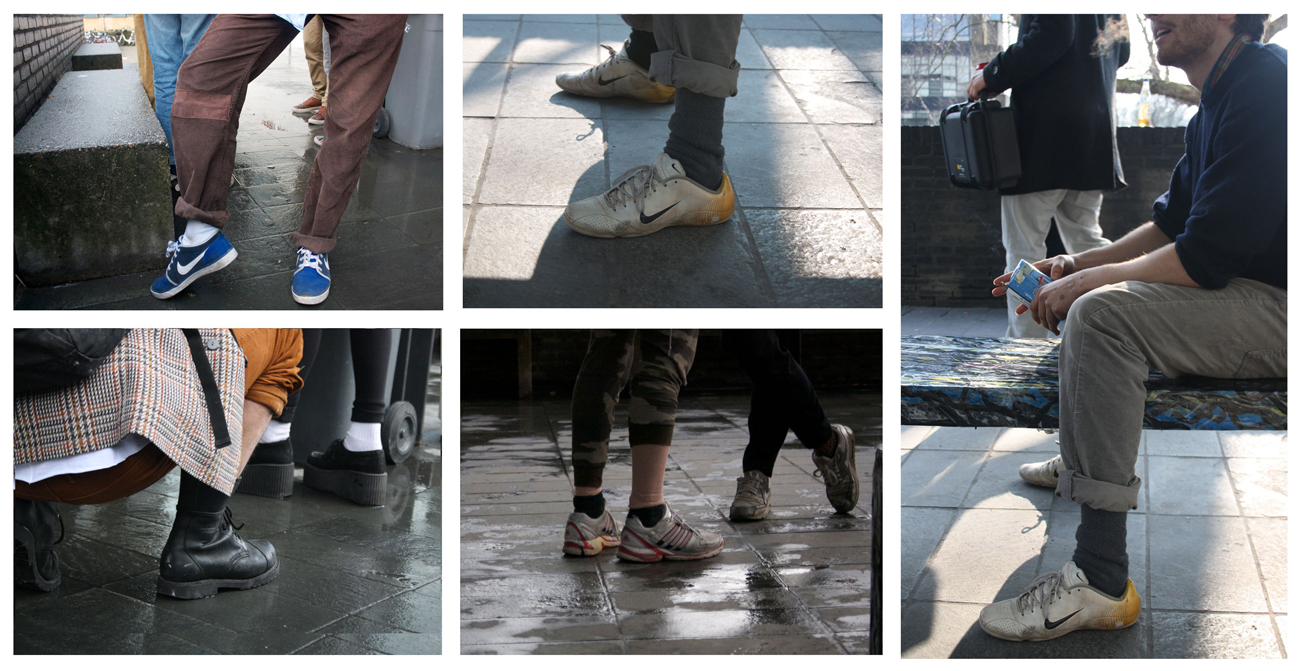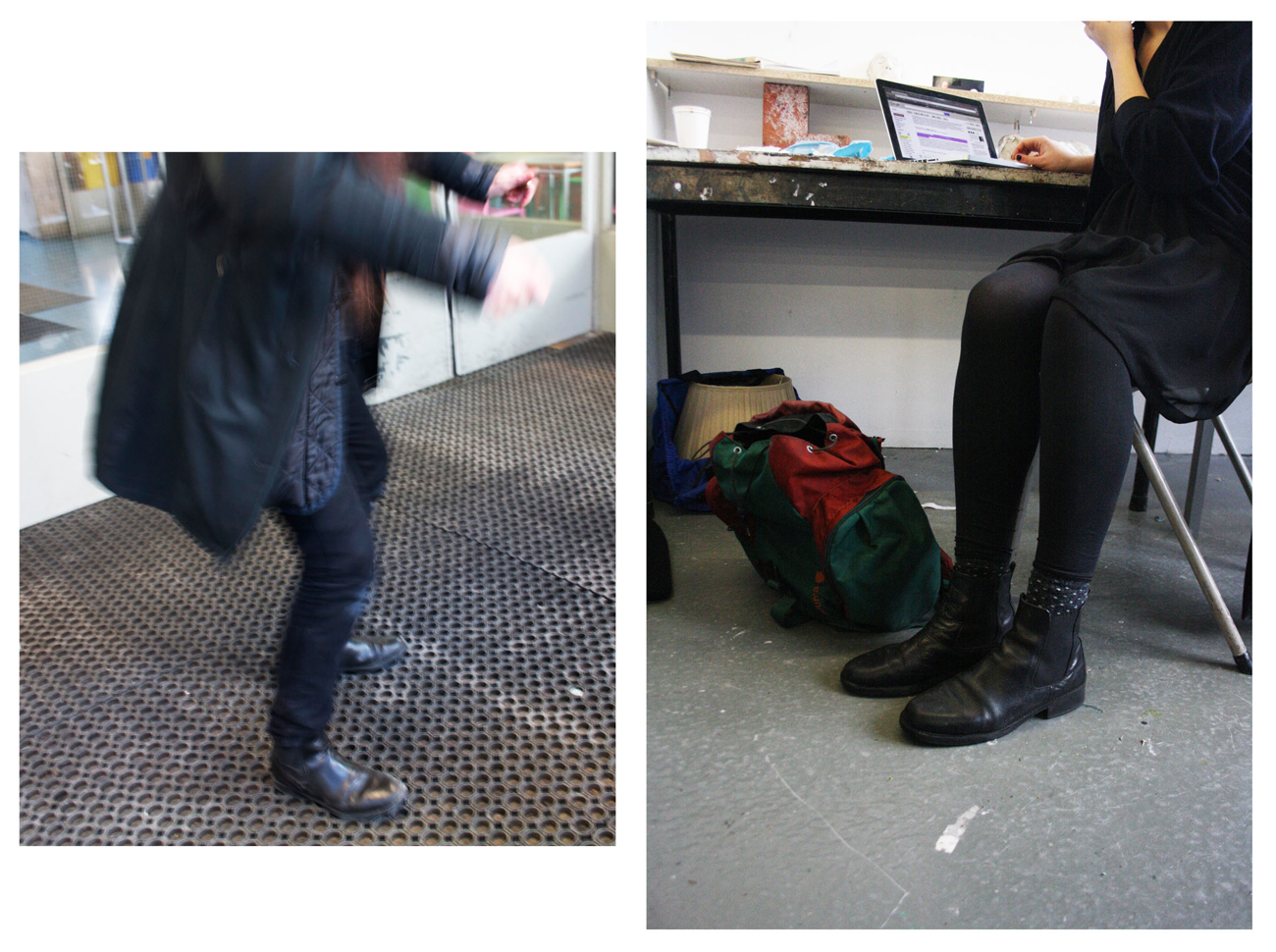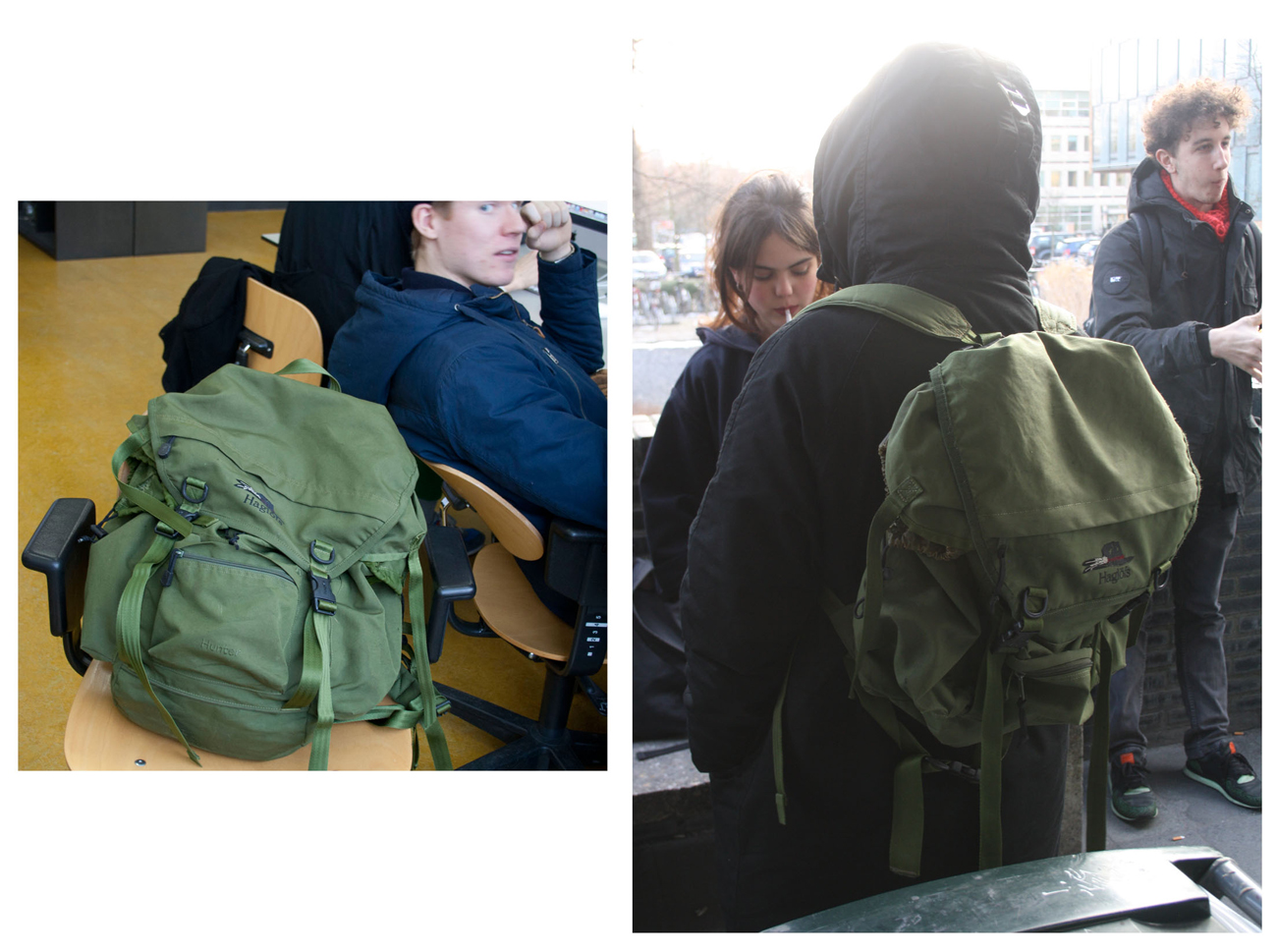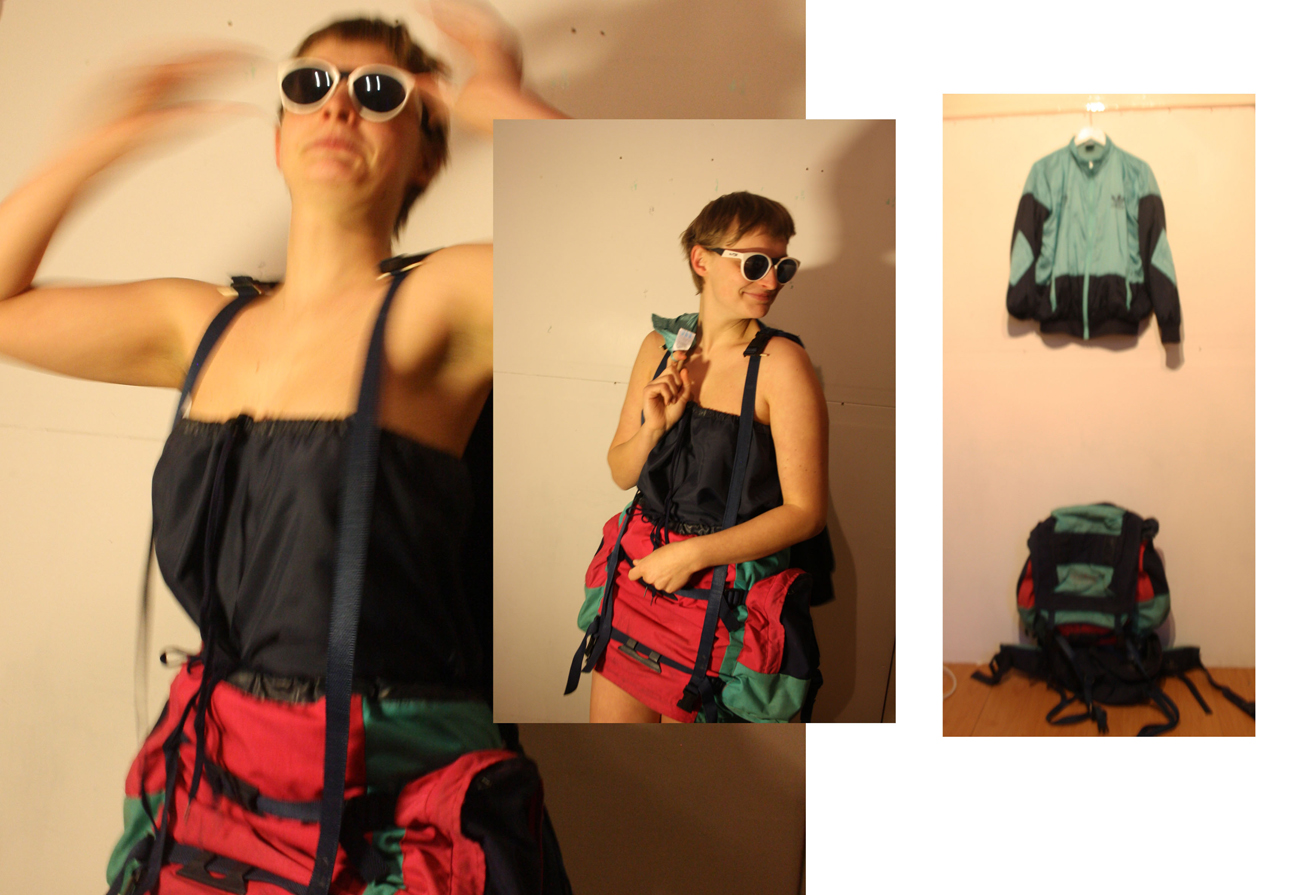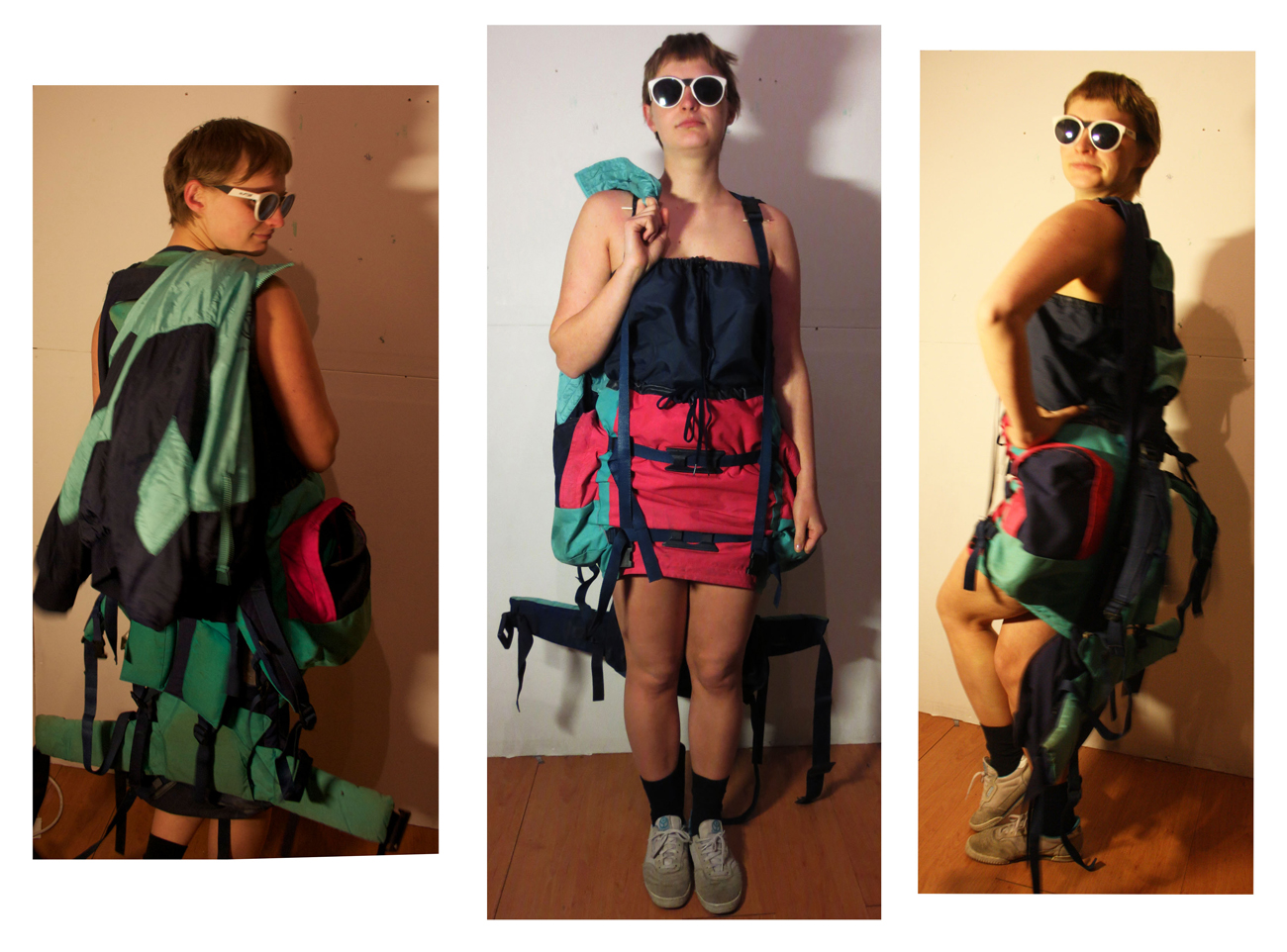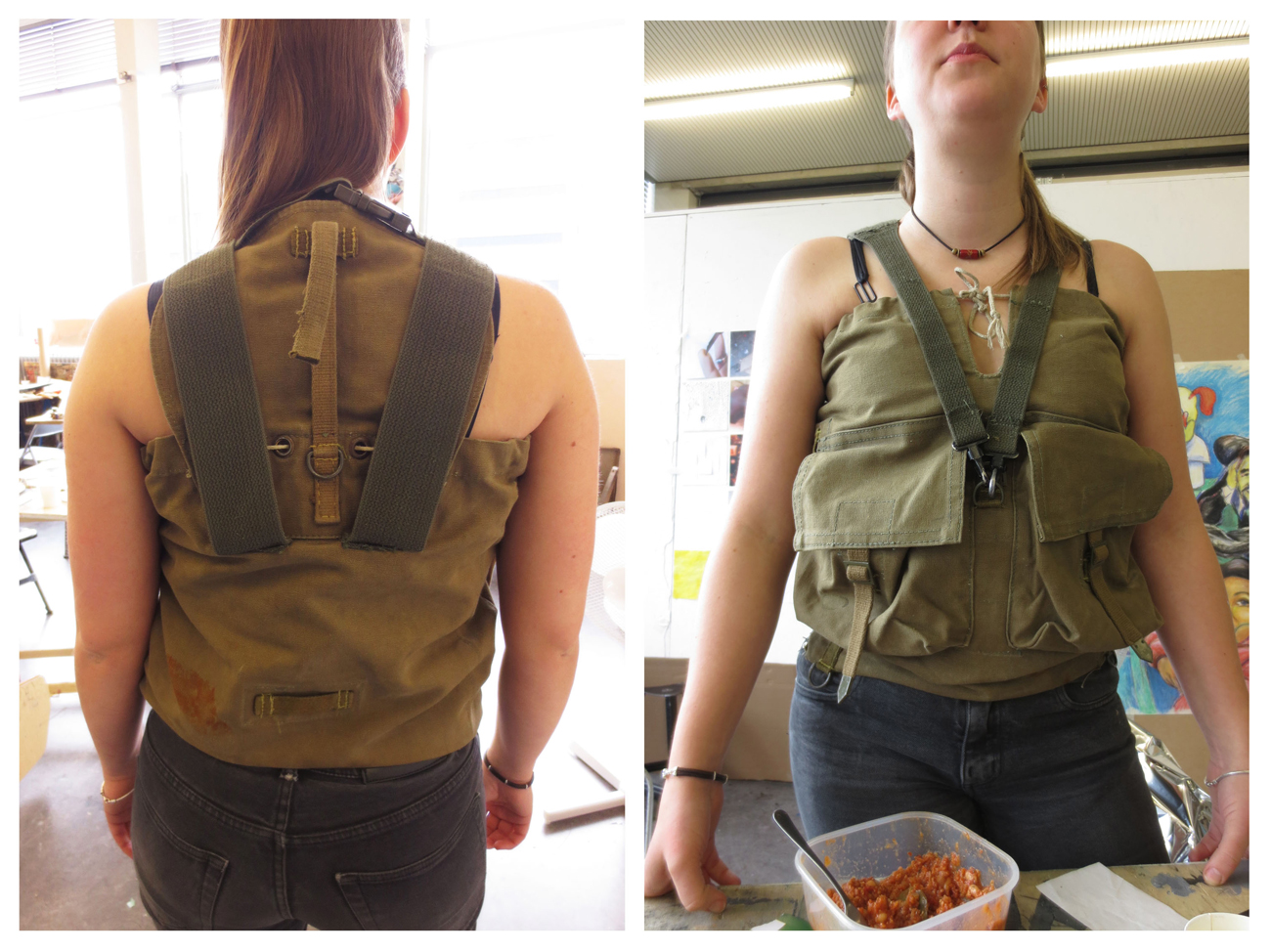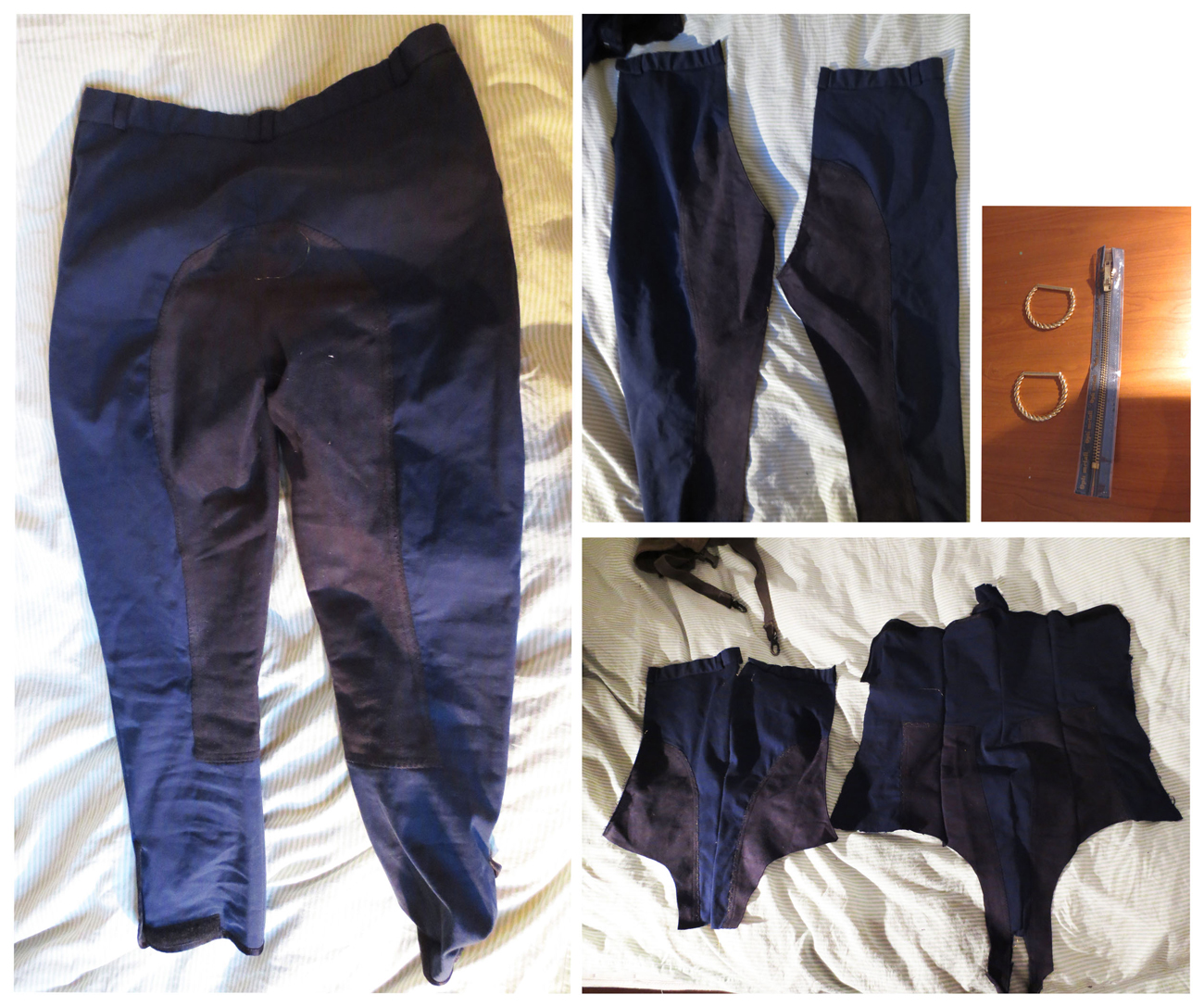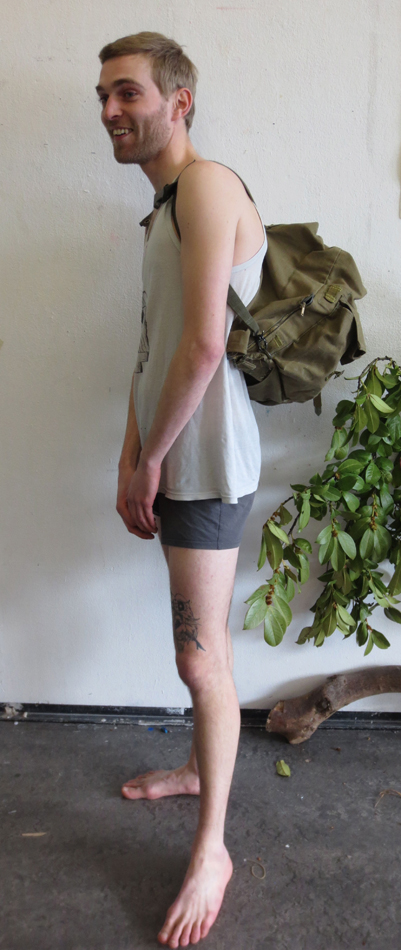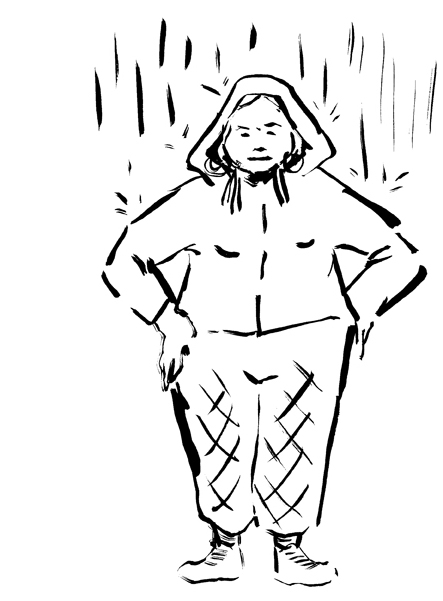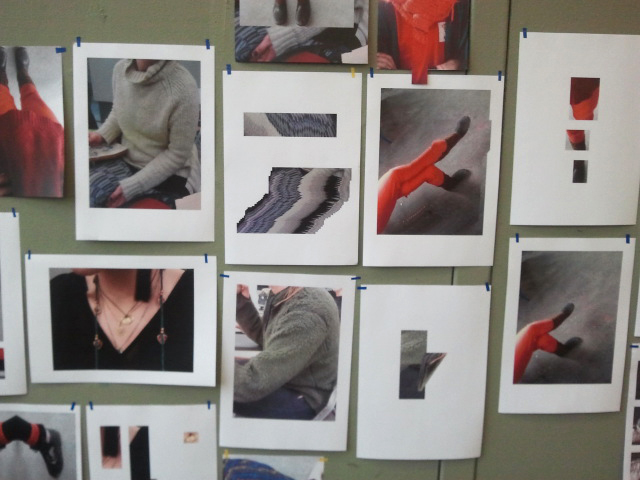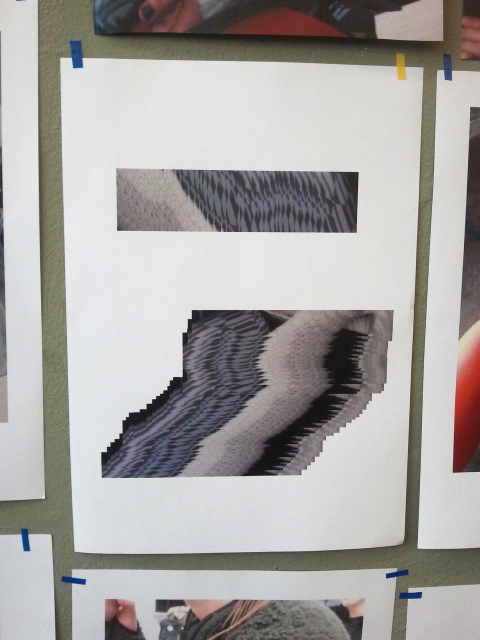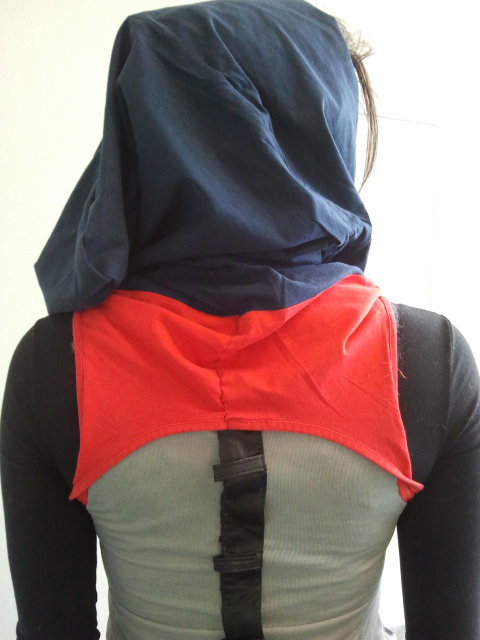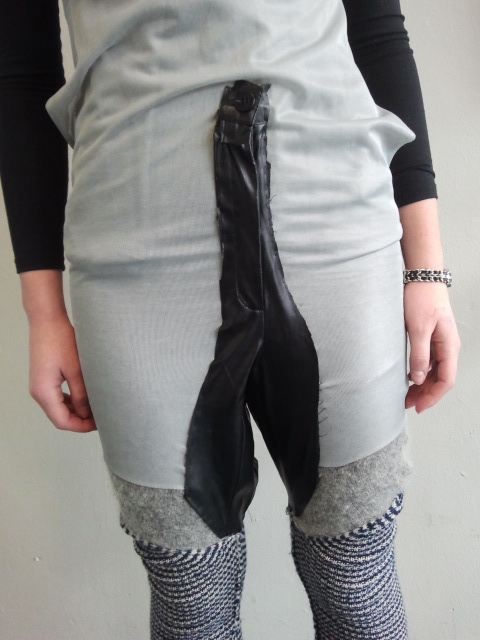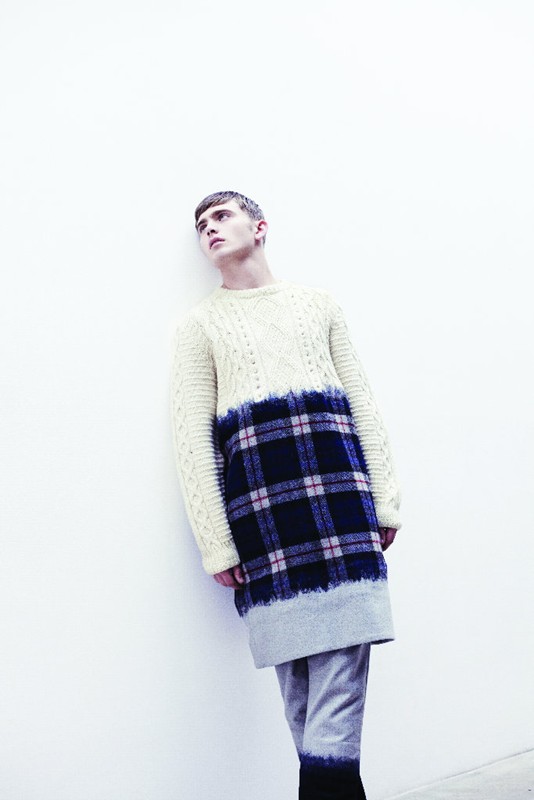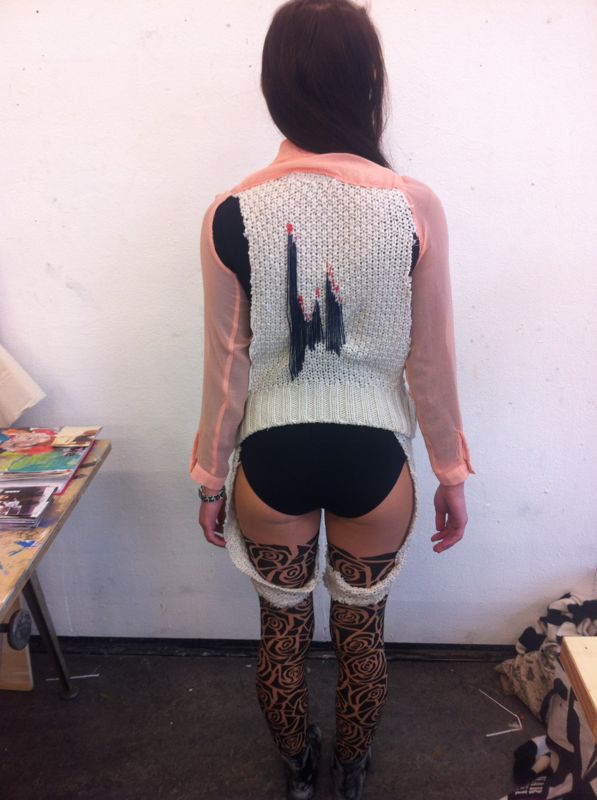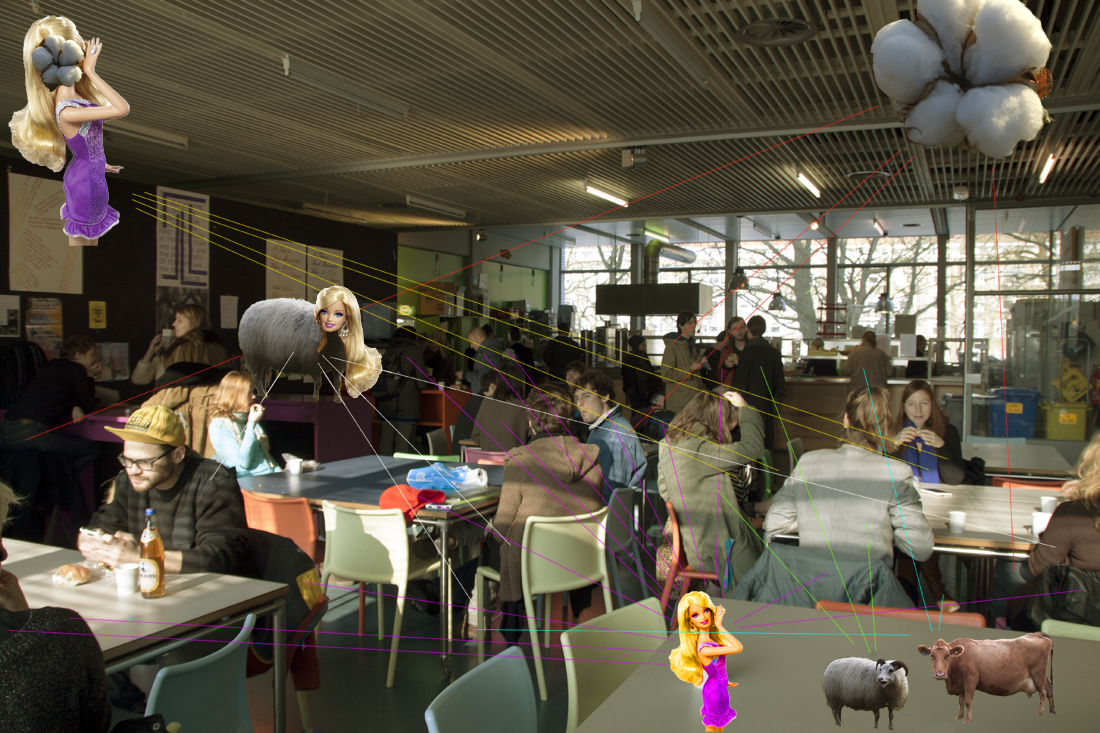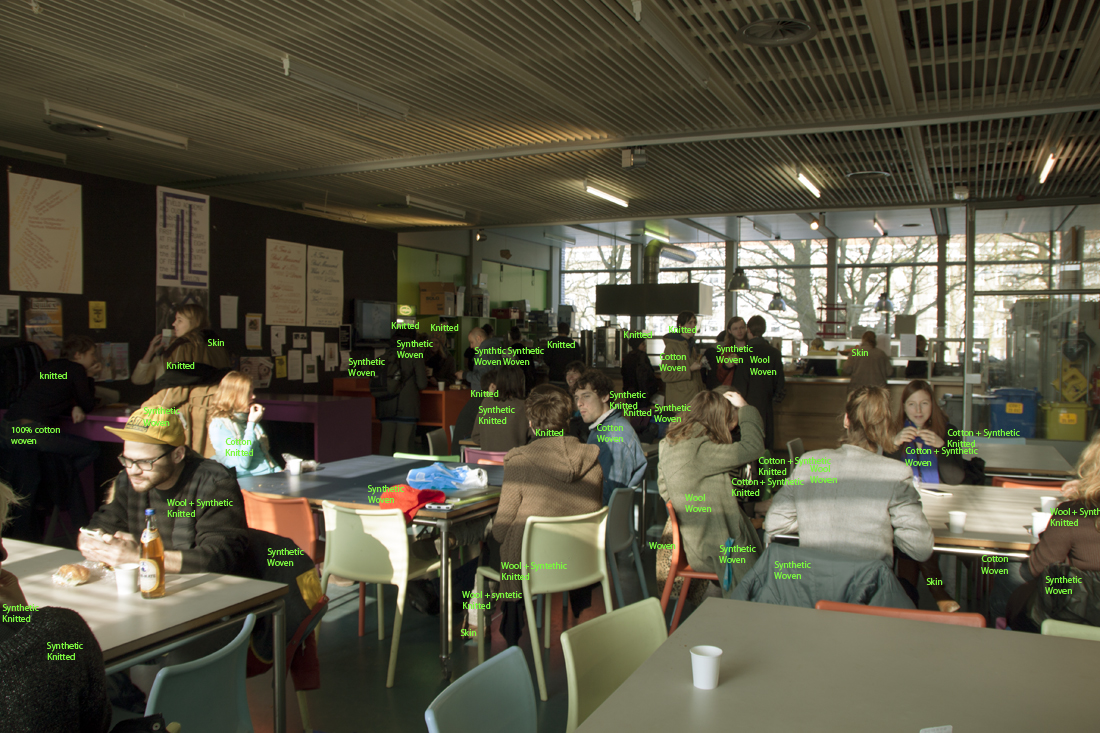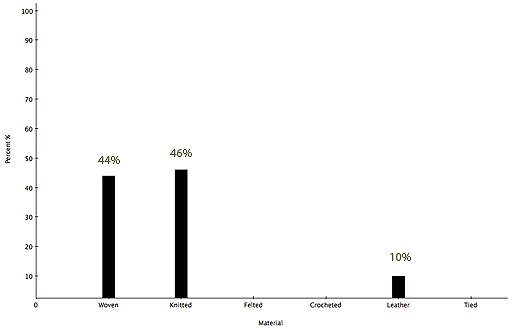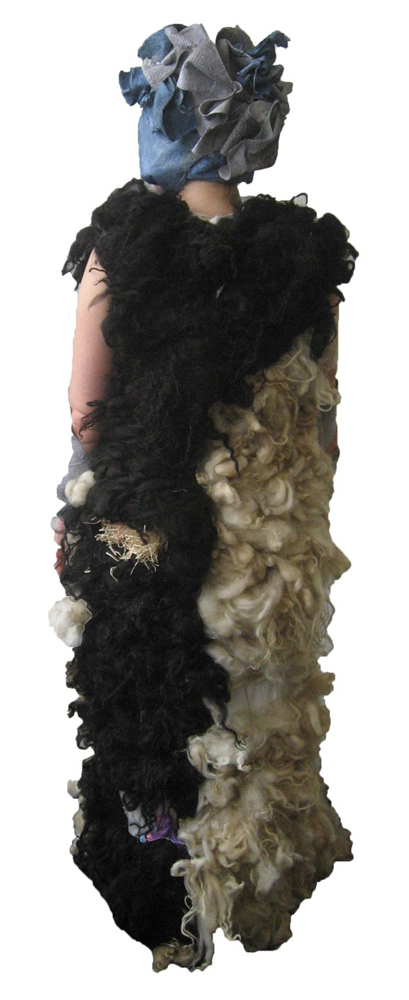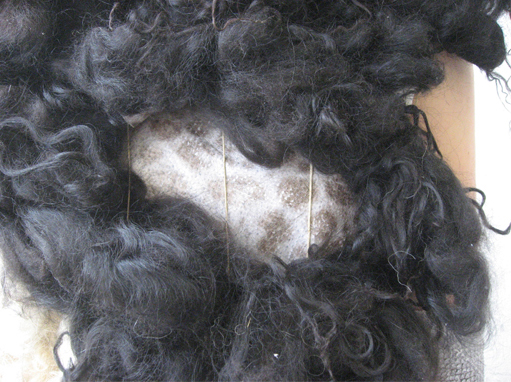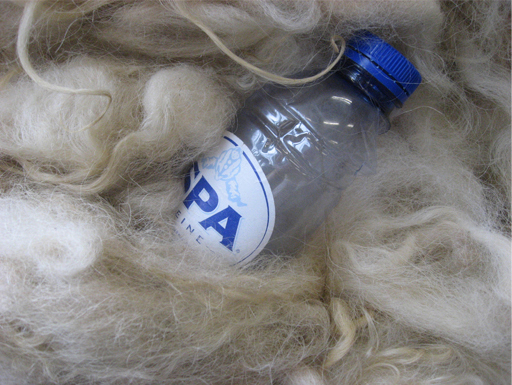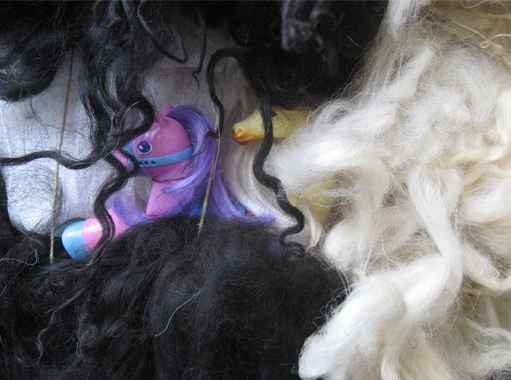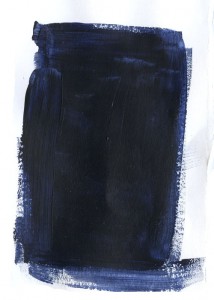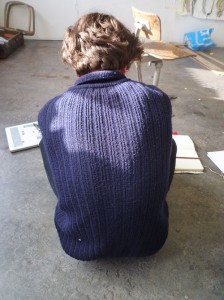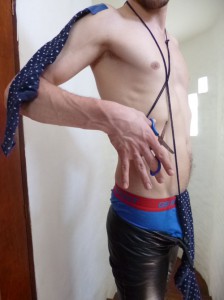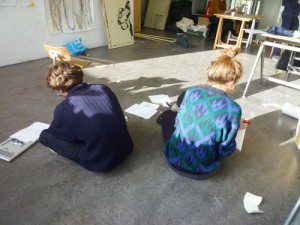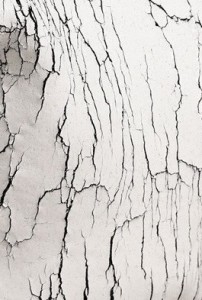halssieraad, Paul Derrez. 1982

Jewellery is mainly recognised by its symbolic and stereotypical image. This category is limited by the size, flexibility and wearability to mass market towards wider audiences. For long time jewelleries were symbolizing affluence, importance and preciousness, in the value carried by this word. Then the decade of the sixties, seventies set a new stage, without limits for jewellery design. The category of “art jewellery” appeared and new directions were taken. The traditional structure is then broken done, permitting freedom regarding the form, material, technique and production. Still the relation between the body and jewellery is getting the most out of boundaries. In this context I want to present Paul Derrez’s creation, halssieraad.
The piece is created in 1982, as part of collection of necklaces with pleated material, there are versions in different colors, red, grey, white, blue, black, so there were more, but grey was ‘one of the best’ as mentioned by the author. He made in total around ten, in different colors, maybe three grey, as the one exhibited at the Steddelijk museum.
When I interviewed Derrez, about the creation of halssieraad, he said that this work was
“the end results of a period I was involved with pleating material. First I made a silver pleat from which I made earrings, brochures, smaller items, but by using that pleated, thin, plastic sheet, which is cheaper and easier to get, I could have bigger objects.”
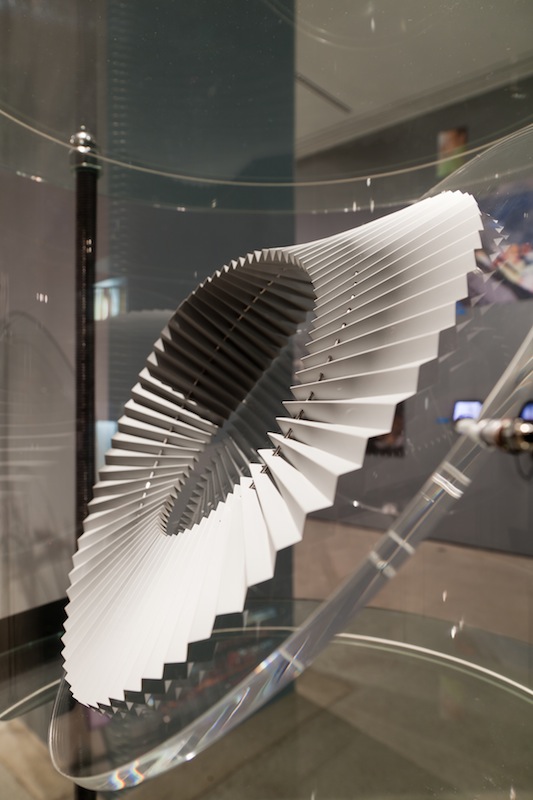
The weight was also important so the necklace is the product of experimenting with these materials and producing the so called Mobiusm necklaces. The Mobius shape represents a never ending plane . Over time, it became the accepted symbol for infinity.
Paul Derrez’s interest in design is mainly connected to jewellery, not only in his work but also in his collection and research. He is a productive author and the founder of the gallery Ra opened in 1976 which for him is his main priority. In 2005, he wrote one of the essay in “new direction in jewellery”
Derrez prefers to work with pure and robust forms which are likely to give monumental effect even if his work is relatively small. He sees his pieces as a wearable sculpture and give an important place to the relation between object and body and also to the relation with the space.
It’s via research and mostly experimentation that he is developing his work and it’s a reaction toward a wide range of conclusions and results. It permits for him to look for new meaning, language form and new aesthetic. This symbolic importance appears a lot with his work “pills”, 1986, associated to drug abuse. . In the collections shown in Ra there is this passion for transient material. In his work as well the material experimentation show how it emphasis ideas. It has a Mobius space when you have a strip and you glue it and then you turn it together then it becomes a continuing line and this is halsieraad. Also in fact the plastic strip and also has a twist which is the Mobius principle, because it is also a necklace, it makes it even more infinite. I needed the pleating to make it work. There is a stainless steel wire in it, to fix it; the wire is just a circle.
In the other hand, even if his jewellery tends to stand as a sculpture by itself, he is defining and limiting a jewellery only if «it can be worn by a human being and is a thing » but « this aspect of ‘wearing’ can either be done easily or with difficulty ».
Then I asked about the relationship between the body and the object?
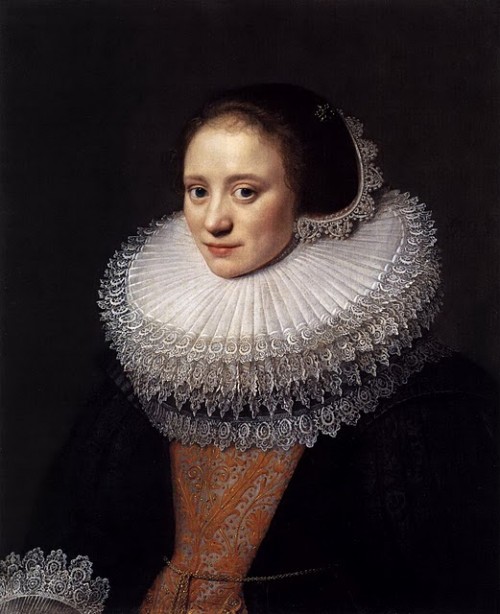
Due to the size, ‘it is almost more of a collar than a necklace’. The historical example is seen in old Dutch paintings of collars (those are made of textile) they are the same large size, making the person who wears them feel important. This is a similar piece, as described by its maker halssieraad ‘is quite theatrical, it is as if for a theatrical performance.’ In the 70’s it was all about size and material experimenting, when it came to jewelry, but also how it relates to the body.
From my point of view, standing first as a sculpture and then as a necklace, I used two opposite ways to analyze halssieraad. This contrast made it interesting to understand the piece itself but also how Paul Derrez is approaching his work.
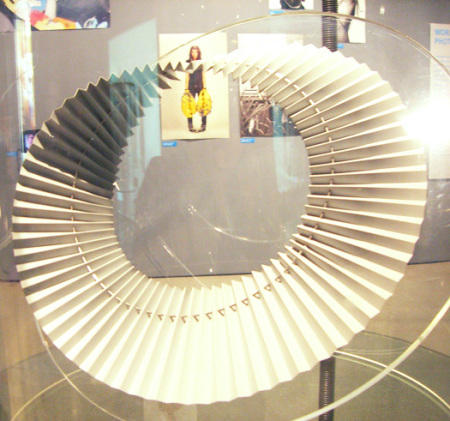
The first visual sensation I got from the work had both an architectural and sculptural impact. Therefore, it was the main reason for my selection of halssieraad. I have not perceived it only as a designed or useful object.
This work of Derrez gave me a sense of a complete control and true understanding of form and material. The shape is minimalist, recurrent and with the use of uniform plastic the collar appears as a light structure. When gathering my own perception of the work and forced by my understanding of an infinite loop and continuous movement in the object, the necklace gave me a meditative and hypnotic feeling.
The sensation and impression that the collar triggered in me is most often created by work that is impressive in size. I could feel the monumental effect that Derrez seeks to activate with a smaller size restricted by the jewellery.
The relation between halssieraad to the body and then to the space is also an important part of my interest in the object.
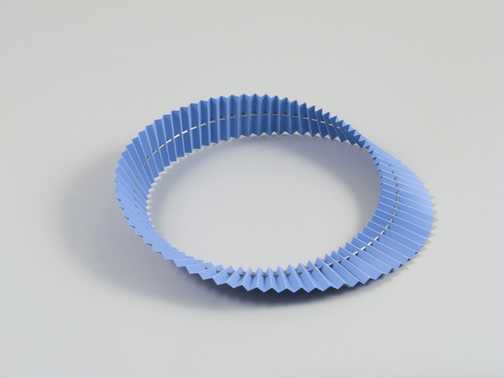
Thinking about it as a necklace to be worn is not appealing for me. The way it has to be positioned on the body by surrounding not only the neck but also the top part of the body and the contact of the material to the skin seem to me disturbing, irritating and disruptive. The piece gave me also a feeling similar to a fence which is creating a distance between the body and external interaction or even the space, yet after the interview I managed to support my views of the object’s use to create a sense of superiority and importance.
Via Paul Derrez’s writing about Niel Linssen, I discovered her work. What I really found interesting is how I could connect my feeling from the necklace to the way that Derrez is speaking about her work. I associate the two artists because there is also with Linssen this experimentation for material, form and structure. And like Paul Derrez said: there is in her work this “determines form and direction” that I felt with Halssieraad.
Therefore I asked if there is any relationship between your work and Neil Linssen?
 ‘I have a different veto. I am a gallery owner and maker and by promoting, writing about and sponsoring, so I represent her artwork here, but there is no connection. She has a continuing line of research on a material and technique. While I work in themes, in groups of work and then I move on to something else, so I do not have this lifelong study of material, and her work is not connected to mine.’
‘I have a different veto. I am a gallery owner and maker and by promoting, writing about and sponsoring, so I represent her artwork here, but there is no connection. She has a continuing line of research on a material and technique. While I work in themes, in groups of work and then I move on to something else, so I do not have this lifelong study of material, and her work is not connected to mine.’


